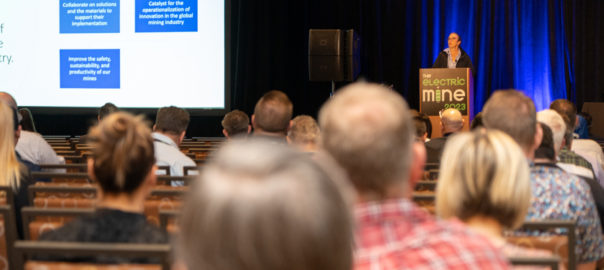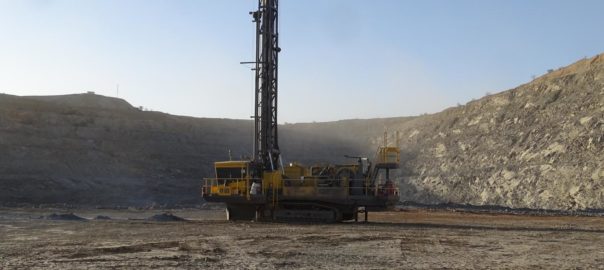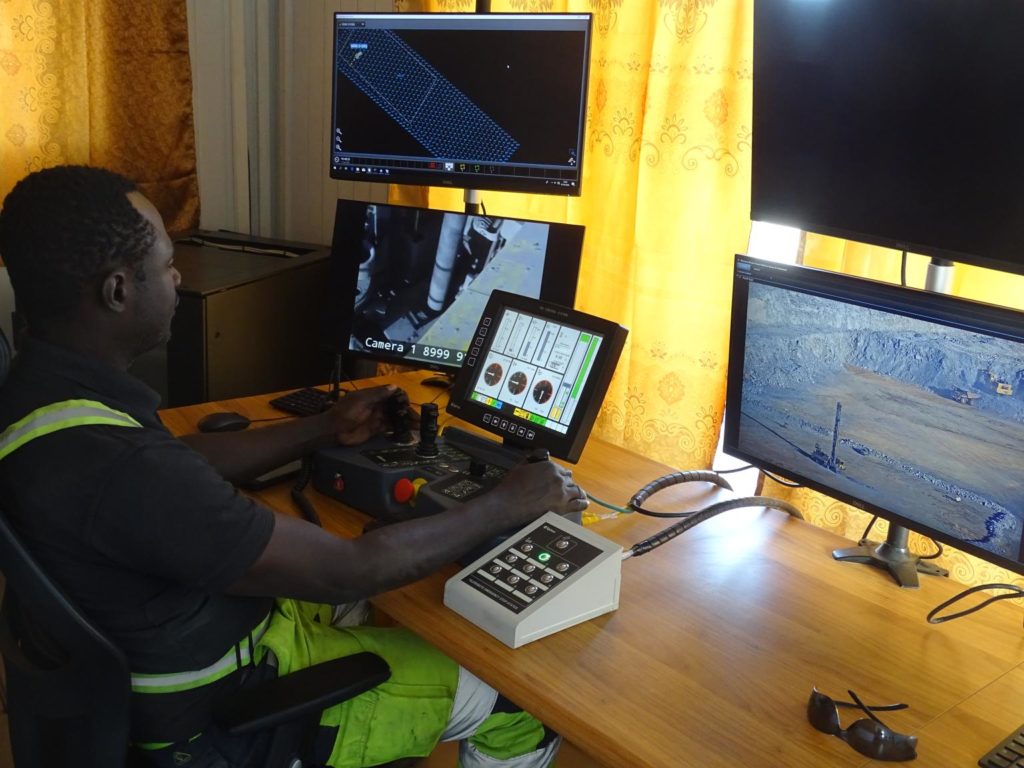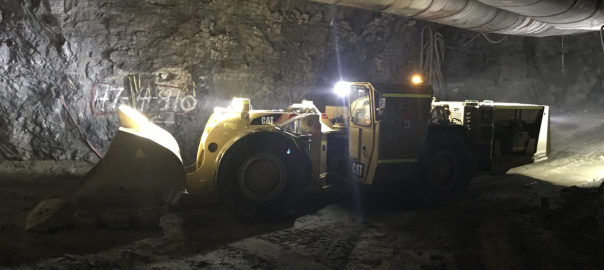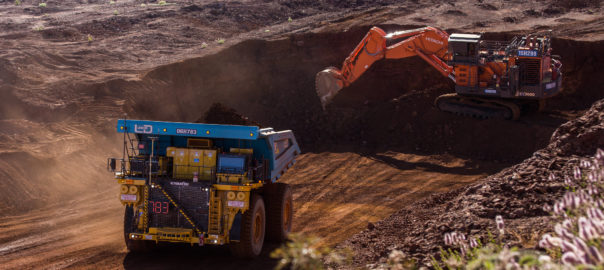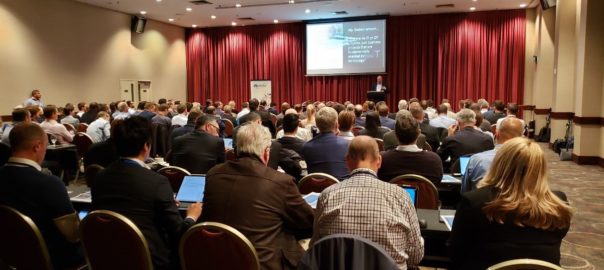Global Mining Guidelines Group (GMG) and International Mining Events (IME) have signed a partnership agreement related to The Electric Mine event series, reinforcing the two organisations’ commitment to helping the mining industry electrify and decarbonise its global operations.
As part of the agreement, GMG and IME will work on a joint report evaluating the major discussion points and highlights of The Electric Mine 2024 – taking place in Perth, Western Australia, on May 21-23. This report, due to be published by the end of 2024, will also be leveraged as part of GMG’s own mine electrification work.
The Electric Mine is the world’s only global event focused on the practicalities of electrifying mobile mining equipment. The conference brings together all parts of the mine electrification ecosystem – OEMs, service suppliers, solution providers and mining companies – to highlight new projects, new thinking and new approaches to tackle the electrification transition. It caters to the need to implement solutions today to achieve interim decarbonisation targets, as well as longer-term, net-zero goals.
Since its inaugural show in February 2019, IME has attracted close to 1,200 global participants to its events.
The Electric Mine 2024 is set to bring more than 800 attendees to the Crown Perth for three days of presentations, panels and networking. For the first time, the 2024 event will also host an equipment showcase highlighting battery-electric trucks, a diesel-electric loader, a battery-electric excavator, an electric light vehicle and a battery-electric concrete sprayer.
GMG, as an event partner, will have a significant presence at the upcoming event, with Andrew Scott, Lead Principal, Innovation Delivery, BHP on behalf of GMG, set to present alongside several other GMG members over the three days.
The partnership represents a natural progression of previous collaborations between GMG and IME, including the first Electric Mine event in Toronto, in 2019, the second meeting in Stockholm, in 2022, and most recently, the third event, in Tucson, in 2023.

Through a number of working groups and industry guidelines, GMG has been helping accelerate the adoption of all-electric technologies in mining. The Electric Mine Working Group, in particular, has been looking to address the challenges associated with such technology, while sharing information on how to enable safer, more efficient, productive and cost-effective mines.
Active projects within this working group include an ‘Electric Mobile Equipment KPIs and Definitions Guideline’, to help enable mine operators to identify equipment performance and benchmark against other mine operations with the goal of improved electric equipment performance, and ‘Implementing the Transition from Diesel Mobile Equipment in Surface Mining Guideline’, to help provide direction and specific approaches, and identify best practices to help facilitate the process.
The crossover between The Electric Mine event series and GMG’s own electric mine work is vast, Dan Gleeson, Director of International Mining Events, says. “We see this partnership as a way to accelerate the learnings both groups are making, as well as distribute the information required to leverage and adapt such work for individual mine sites.”
Heather Ednie, Managing Director of GMG, echoed these sentiments: “GMG’s purpose is to enhance the safety, innovation and sustainability of the global mining community by facilitating and accelerating collaboration among industry stakeholders. This mine electrification collaboration is very much in keeping with this purpose.”
To read more about The Electric Mine 2024, head to the event website here.
‘The Electric Mine 2024 review: a GMG and International Mining publication’, will be published by the end of 2024.







